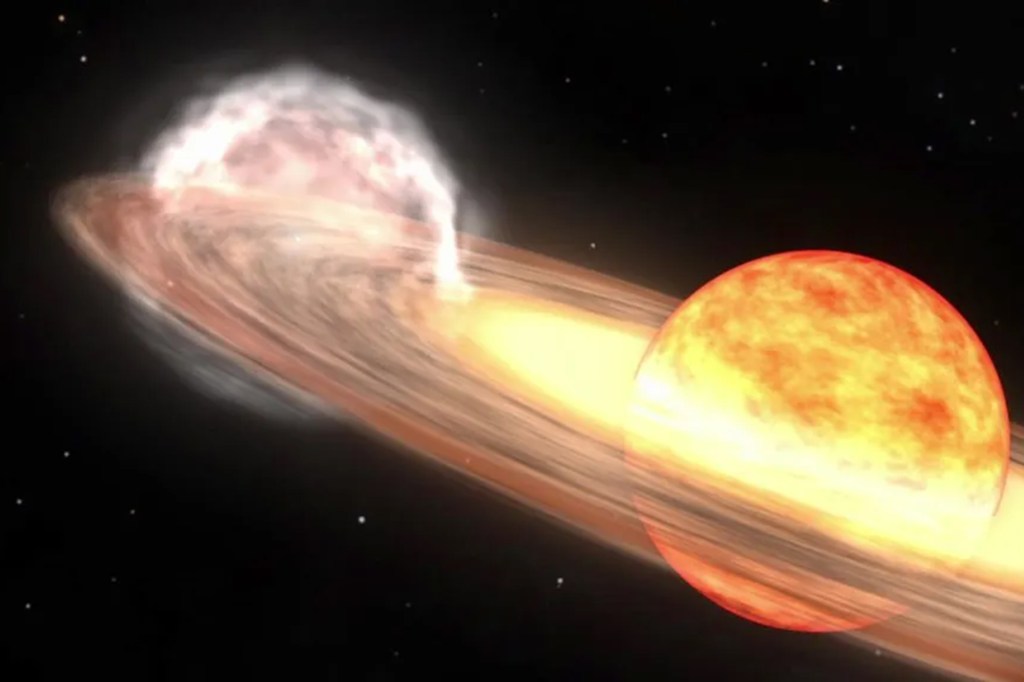‘Once-in-a-lifetime’ nova explosion will appear to add new star to night sky in dazzling spectacle: NASA
Scientists around the world are anxiously waiting for a cosmic nova event that will appear to add a “new star” to the night sky sometime between now and September, according to NASA.
The spectacle will be so bright, it will be visible to the naked eye.
“It’s a once-in-a-lifetime event that will create a lot of new astronomers out there, giving young people a cosmic event they can observe for themselves, ask their own questions, and collect their own data,” said Dr. Rebekah Hounsell, an assistant research scientist specializing in nova events at NASA’s Goddard Space Flight Center in Greenbelt, Maryland.

“It’ll fuel the next generation of scientists,” she added.
T Coronae Borealis — nicknamed the “Blaze Star” and known simply as “T CrB” to astronomers — is a small binary star system located in the Milky Way’s Northern Crown some 3,000 light-years from Earth, between the Boötes and Hercules constellations.
It’s comprised of a white dwarf — a dead star only about the size of the Earth but with an incredible mass matching that of our sun — that is slowly ripping hydrogen from an ancient red giant, according to NASA.
About every 80 years, the hydrogen from the red giant builds up on the surface of the white dwarf, and ultimately sparks a violent thermonuclear explosion that spits the hydrogen back out into space in a fantastic light show.
The light show will appear to onlookers on Earth as if a new star popped into the sky.
The last nova on T CrB was in 1946. The first sighting was recorded more than 800 years ago by an Abbott in Germany, who spotted “a faint star that for a time shone with great light,” according to NASA.

“There are a few recurrent novae with very short cycles, but typically, we don’t often see a repeated outburst in a human lifetime, and rarely one so relatively close to our own system,” Hounsell said. “It’s incredibly exciting to have this front-row seat.”
Hounsell said the nova event should not be confused with the better-known “supernova,” when a massive star dramatically explodes at the end of its life, destroying itself. In a nova, the dwarf star remains intact but sends accumulated material flying through space in a blinding flash.
For a brief week, stargazers can see the eruption with the naked eye, which she is confident will wow viewers across the globe.
At its peak, it will look as if a new star has appeared.
While it’s possible the nova could happen after September, the binary system has recently been displaying similar behavior as it did before the 1946 event — leading researchers to predict it’ll occur by or shortly after the end of summer.







